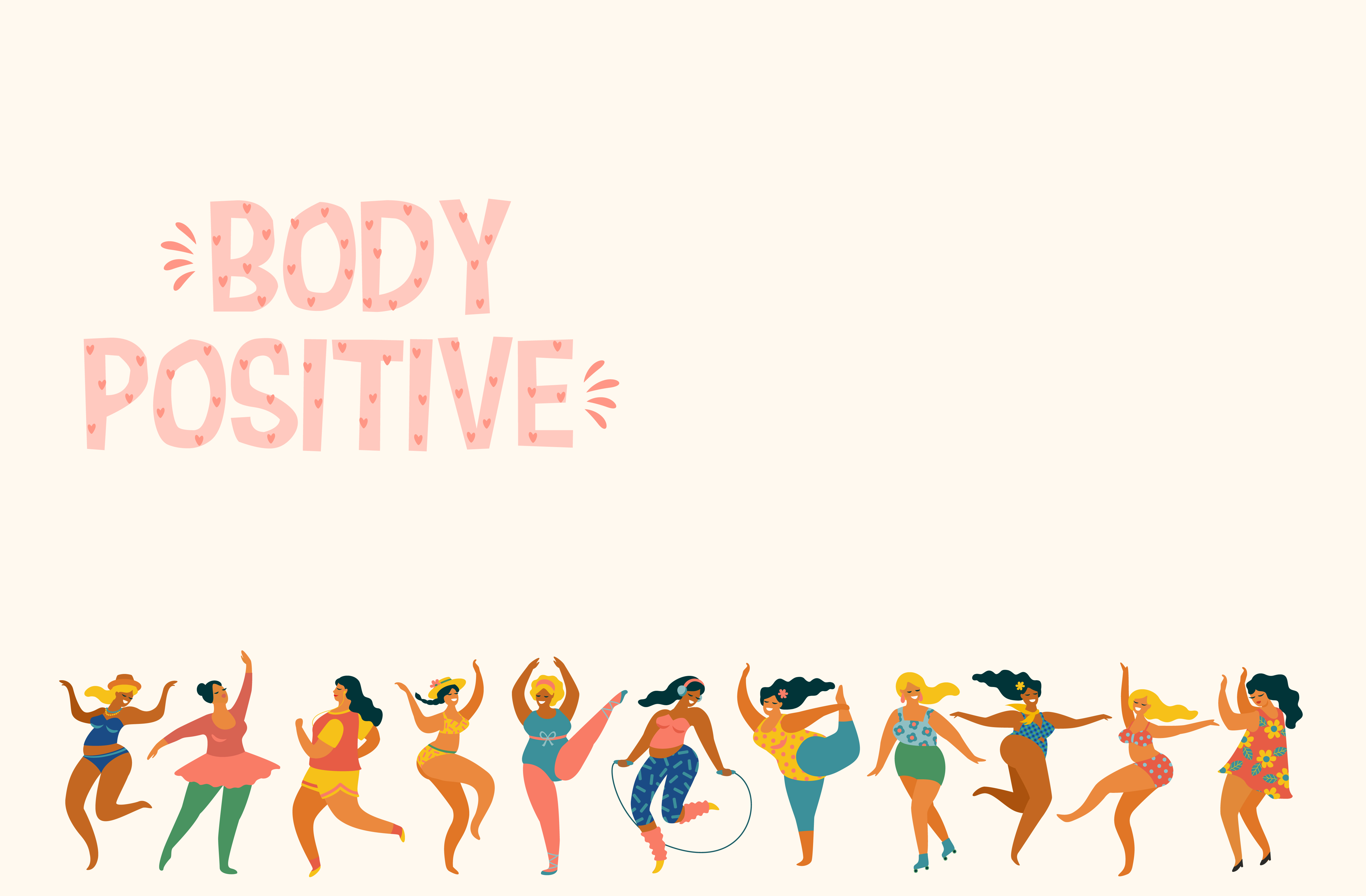by Rachel Gore
The growing female “body positivity” movement is a social movement stemming from the fundamental belief that everyone should have a positive body image. The goal of the movement includes challenging and breaking down society’s unrealistic beauty standards and building confidence in females of all appearances, sizes and forms. While in decades past body positivity was a radical movement led by few, it has since developed into a mainstream ideology that dominates the capitalist market.
Poor body image has long been linked to several negative effects, such as mental health issues like depression, eating disorders and poor self-esteem. Much of the body positive movement has focused on fat acceptance, but body positivity differs from fat acceptance in a key way: while fat acceptance advocates exclusively for overweight or obese individuals, body positivity is meant to be inclusive of bodies of every type. Whether a female is overweight, underweight, freckled, scarred, trans or a person of color, they are entitled to feel self-love in a way that was previously reserved for those who fit society’s narrow definition of beauty: thin, conventionally attractive women.
Corporate Interests Dominate the Body Positive Movement
In 2004, Dove and Ogilvy & Mather organized a show called “Beyond Compare: Women Photographers On Real Beauty”, which featured work from 67 female photographers and ignited conversation about the way women thought about beauty. This led to Dove’s Campaign for Real Beauty, which is today considered one of modern marketing’s most successful endeavors. Featuring billboards, television ads and online videos, Dove was one of the first mainstream advertisers of its time to question societal standards for female beauty.
While the campaign received widespread praise, some have pointed out the hypocrisy embedded in certain Dove products that aim to change women’s external appearances. This brought up the following questions: was Dove truly invested in the message behind the body positive movement? Or was the company simply working to revitalize their brand by capitalizing on women’s poor body image? Today, many believe that it may have been the latter.
Unilever, the brand owner of Dove, is the parent company of products like Slimfast, along with cellulite and skin-whitening creams. Executive Director of Women In Media & News Jennifer Pozner reflected upon the campaign in 2014, saying that “if the stated goal of the Dove Real Beauty Campaign is for girls and women to understand that their power and beauty does not come from a tube or an airbrush or a cream, but rather from their personalities and power, then [Dove] would not sell certain products that they sell.”
Since then, many other companies have hopped aboard the body positive movement, which some argue has been commodified by corporations hoping to profit off of the movement’s increasing influence on women. According to Vox writer Amanda Mull, Dove’s ads fell short in prompting genuine self-reflection of the concept of beauty and body positivity, instead “[teaching] brands like Aerie and Target, which have both received waves of positive public attention for Photoshop-free campaigns, that they could get exposure for pennies on the advertising dollar if they created content that people felt compelled to share themselves.”
So, is the “Body Positive” Movement Really Changing Anything for Women?
What capitalist-based body-positive marketing tends to ignore is the deeply-embedded reasons that cause women to not feel positive about their bodies. It also ignores the fact that for some people, body positivity may not be attainable. For some, seeing a picture of a model with rolls is unlikely to rid them of years of internalized hatred of their perceived flaws, especially in a society where fit-looking women have dominated the public’s perception of beauty for decades.
The body positivity movement may also cause individuals living in marginalized bodies, such as those with disabilities, to shift their criticisms internally. Because body positivity has become a mainstream movement, individuals who aren’t feeling so positive about their bodies may feel pressure to pretend they do. According to Claire Mysko, CEO of the National Eating Disorder Association, “the reality is that we live in a culture that makes it pretty tough to feel positive about our bodies every day. That’s when ‘body positivity’ can be a problematic term. It can create one more way for [people] to feel bad about [themselves].”
This is not to say that the cultural regime of body positivity is all bad. For women who have spent their whole lives trying to conform to a standard of beauty they don’t fit, seeing an increase in diversity in models can be uplifting. While more needs to be done to decrease the shame associated with an inability to feel self-love, body positivity has empowered and boosted the self-love of women across the nation, which should be celebrated. Thus, saying no positive changes have been made would be untrue and undermine the progress that has been made: ultimately, the body positivity movement may truly be a step in the right direction for boosting women’s collective self-love.








Leave A Comment